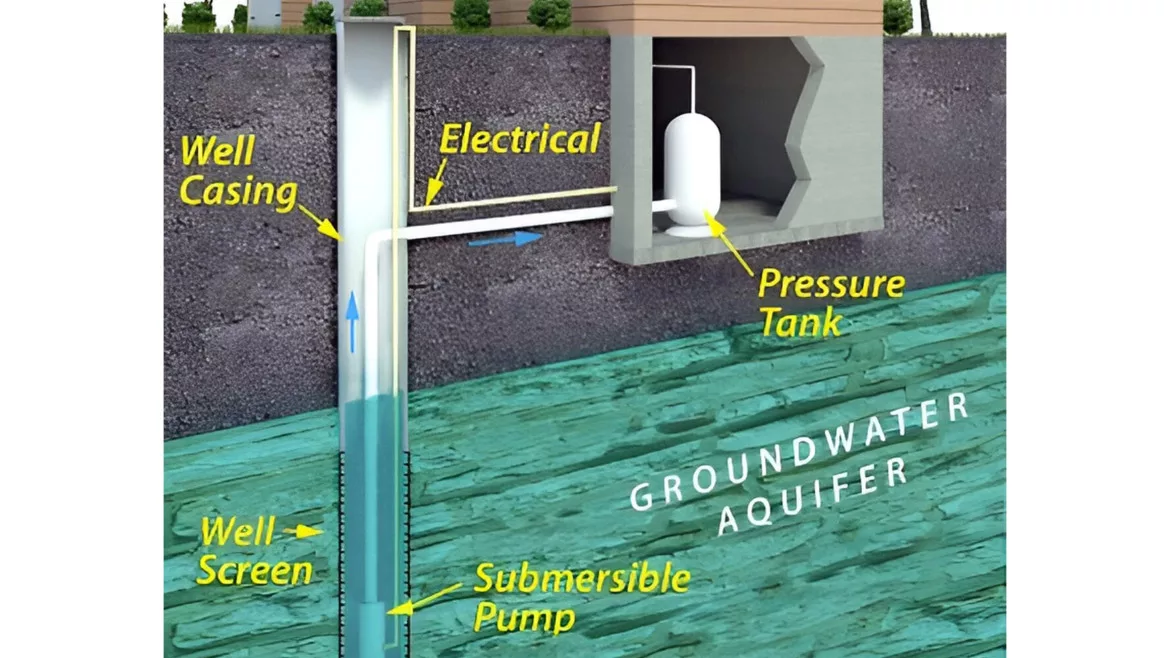Potential hazard found in private well water treatment systems
The researchers recommend that well owners install a 5-micron post-treatment sediment filter to capture escaping media

Systems meant to remove arsenic from private well water may bdrinking watere malfunctioning, putting people's health at risk, Rutgers researchers have found.
The researchers tested water from 62 New Jersey homes with whole-house arsenic-removing systems. They discovered microparticles of arsenic treatment media in the drinking water of 71% of the homes tested. This media, which contains high levels of arsenic, is supposed to stay in the treatment tank and not enter the home's drinking water.
"These water treatment systems may be solving one exposure problem by removing dissolved arsenic from the water, but potentially creating a new exposure, the ingestion of arsenic treatment media with high concentrations of arsenic," said Steven Spayd, a Rutgers alum and retired research scientist formerly with the New Jersey Department of Environmental Protection.
Arsenic is a known carcinogen and dangerous to human health. When arsenic is found above safe levels in well water at New Jersey homes that are being sold, an arsenic treatment system must be installed. In these systems, well water flows through a specialized filter. The filtered arsenic and media are left behind in the tank, and potable water flows into the home.
The researchers also found microparticles of water softener resin, which can effectively remove radium (another hazardous substance), in 84% of homes with water softeners. This suggests that microparticles with adsorbed radium may also be present in some homes.
The researchers recommend that well owners install a 5-micron post-treatment sediment filter to capture the escaping media until the problem can be further studied and resolved.
More information can be found in the study, "Microparticles of arsenic water treatment media and water softener resin observed in treated water at private wells," published in Water Environment Research.






